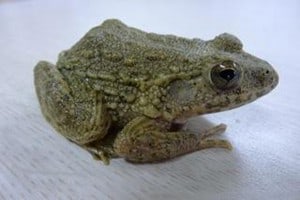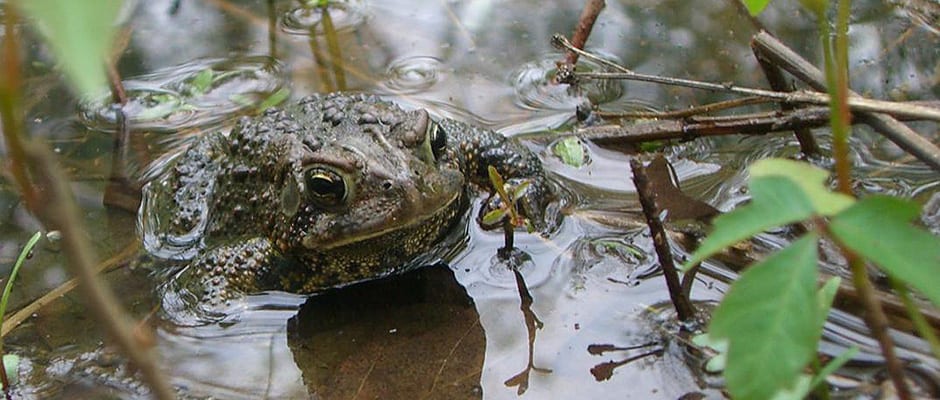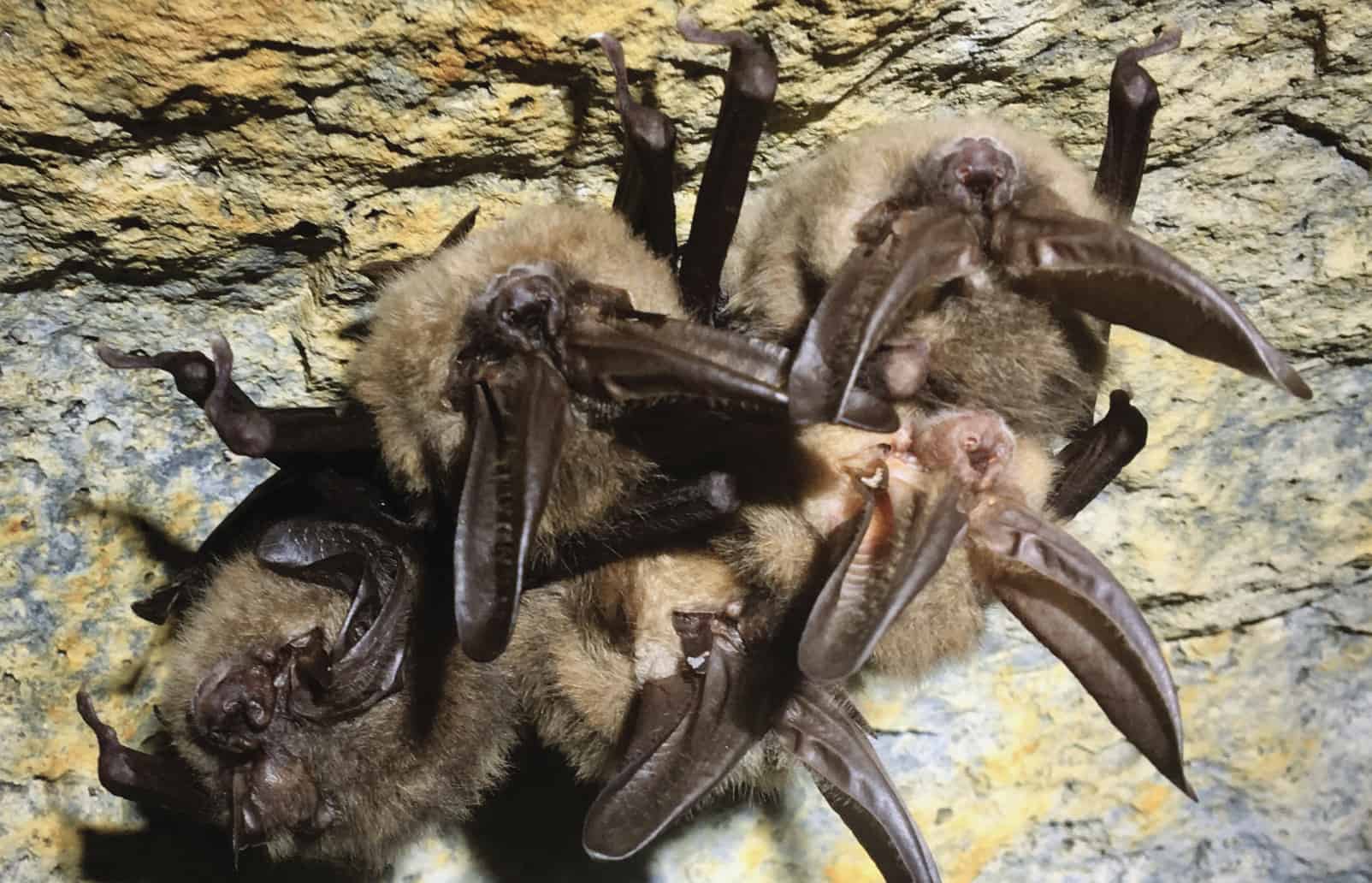Share this article
Killer Amphibian Fungus Traces Found in Old Specimen Samples
The history and origins of the fungus killing vast populations of amphibians is becoming increasingly complex as researchers discover evidence of the chytrid disease in old museum samples in Illinois and Korea.
“We use this technique where we’re able to go back through museum collections and take a look at this,” said Vance Vredenburg, an associate professor of ecology at San Francisco State University and co-author of two studies recently released trying to understand the history of the Batrachochytrium dendrobatidis fungus that causes the chytrid disease. “We’re able to detect the DNA around 100 years ago.”

Researchers studied three specimens of this species of frog – the Rugosa emeljanovi – that were collected in 1911 from Wonsan, North Korea and tested positive for the chytrid fungus.
Image Credit: Jon Fong
The implications of the findings mean that amphibians in Illinois have been coexisting with the disease for more than 100 years. The study released earlier this year in Biological Conservation dated the fungus back at least 126 years in Illinois with a high prevalence among samples and gives researchers some hope that some amphibians may be capable of surviving the disease. In another study released earlier this month in PLOS ONE, Vredenburg and others dated museum specimens with the fungus back to 1911.
“Over time you have a dynamic where the pathogen and the host coexist,” Vredenburg said. If the pathogen drives the species to extinction, the pathogen will die as well — it needs amphibians to survive. “When a pathogen gets into naïve families of hosts, that’s where it has major effects,” he added.
But the disease appeared to act different in the Illinois and Korea samples, with different levels of prevalence. If researchers tap into the reasons that have allowed amphibians to survive the disease in areas, they may be able to develop vaccines for other amphibians that are currently less equipped to fight the chytrid disease.
“We need to go to Illinois and figure out how they are dealing with it,” Vredenburg said, adding that samples in that state show that certain periods in the past, such as in the 1940s and 1950s, have showed an uptick in prevalence. In Korea, however, they discovered a few positives in the early samples and then nothing over subsequent years, which could mean there was a quick invasion that later died out.
Vredenburg said the key step now is to discover why. There are two theories about the disease’s age currently — one that the chytrid disease is due to the invasive nature of the fungus, and another that disease has always been there but has increased in prevalence due to some unknown factor.
And answers are important. While Vredenburg said that the amphibians in North America east of the Rockies have shown relative resilience to the chytrid disease, frogs and salamanders in many other parts of the world are being decimated. Another recent study showed that the disease has also just been identified in Madagascar amphibians for the first time, where it could affect 290 known unique species.
“It’s the worst case in recorded history of a single pathogen affecting vertebrates,” Vredenburg said of the chytrid disease.
Vredenburg also said that these studies highlight the importance that museums continue to collect samples, which are “absolute treasure troves” of information for future studies.
“In many areas we had people with foresight that collected many of these specimens.”
Header Image:
An American toad (Anaxyrus americanus) in water. Researchers recently tested specimens of this and other frog species for chytridmycosis — a disease that has been decimating amphibian populations across the world.
Image credit: Brooke Talley








